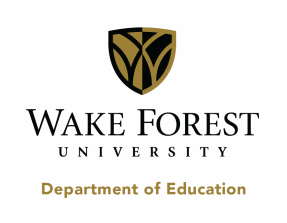Tips for Fully-funded Projects in Technology,
with a Focus on Language and Literature, Culture, and the Arts
By Antonio Alanis
|
Category Information:
Statistics:
|
Introduction I surveyed more than fifty fully-funded DonorsChoose.org projects that teachers submitted in Forsyth County, North Carolina. Because I plan to write DonorsChoose proposals in the future, I was interested in a guide to consider when submitting my future proposals. I had a question: What can I learn from fully-funded teachers’ projects so that I can use their language in my own projects? To help answer my question, I examined all of my cases and studied teacher’s persuasive writing styles to get an idea of what phrases or constructions they used. Upon documenting my observations, I came up with themes and later transformed these themes into useful questions. This case study is a guide for beginning teachers, like me, to consider when creating their first DonorsChoose.org projects.
FindingsThe following questions represent my findings.
Starting your Proposal:
Body of Paragraph:
21st-Century Skills:
Pedagogical Differentiation:
Future:
Students’ Enrichment and Intellectual Growth:
Students’ Ownership of Learning:
Literacy and Research:
Teacher Initiative:
Limitations:
Family Involvement:
Expectations:
Concluding your Proposal:
ImplicationsI hope teachers will consider these questions when creating projects on DonorsChoose.org. Specifically, I would advise first-time users and beginning teachers to consider these questions as a starting point and review funded projects similar to their requests. I encourage teachers to be as concrete as possible when writing about their students’ needs, to appeal to the reader’s sense of empathy and, above all, to place students as the focus of their proposal.
|

